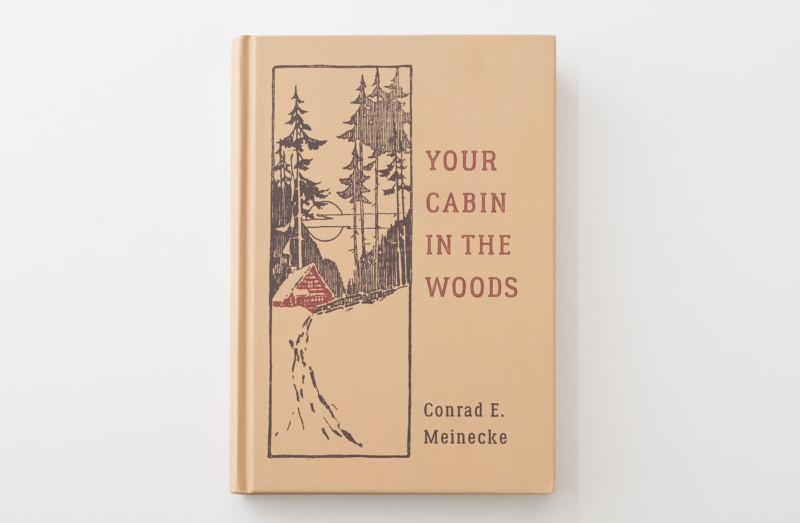
I’ve begun to develop a theory as to why I prefer silly, predictable romance novels as my go-to genre, rather than any of the zillion other types of books. It’s this: I am an emotional reader. There’s no other way to describe it, but when I read, I am invested in all the highs and lows of the psychological rollercoaster of the book my nose is nestled in. I find myself drowning in each character’s fears, despairs, or tragedies so much so that I often reach for the safe, buoyant paperback that won’t distress me too much. This is also my theory as to why I binge read books that profoundly affect me – not because they are necessarily page turners or suspenseful, but instead because I just need to be done with them for my own sake.
My very first emotional reading experience was with John Steinbeck’s Of Mice and Men. After years of pretending to read the novels assigned in my Literary Arts classes, the 9th-grade book assignment was so short it was practically a novella! I cried when I finished it, hung up on the choice George was left to make for his great friend Lennie, and I remember walking into English class the next day a changed reader. It was the single moment where true emotion had transcended the written page for me, and it was that book that made me a badge-wearing Reader for the first time (with a capital R). No more SparkNotes and I-didn’t-do-the-reading book reports I was so used to smudging my way through. I finally understood what reading could be: a deeply moving and emotional journey with characters unlike yourself. It was engrossing and fascinating! Suddenly I could time travel, change bodies, and live a hundred lives I had no way of experiencing in one mortal lifetime. But even then, I didn’t know just what kind of emotional intensity I would suffer from reading books as I got older.
That is until I started Page 1 of Gone with the Wind. I had seen the film about five or six times, and it’s hard not to be engaged by the movie, let alone heartthrob Clark Gable. But when I picked up my San Francisco Chinatown branch borrow, Eva went away, and my life was suddenly only about Tara, Atlanta, Rhett Butler, and Oh, Ashley! It took me a week to read it, finding time like parenthesis on the work day, and meanwhile, I was a ball of emotional turmoil, just like Scarlett O’Hara herself. And this was after I had seen the movie so many times already – I knew what was going to happen!
My latest bout of emotional reading was when I stacked up two memoirs and a classic back to back, finding the weight of the not-so-light books too much. There was one theme between My Year with Eleanor, How to Murder Your Life, and The Bell Jar and it started to get to me: Insomnia. All three books have insomniac female characters, with the first two addicted to sleeping pills, and the latter struggling so severely with sleep she’s sent to an asylum. Of course, I had terrible rest during those two weeks of reading and reflecting on the three novels. At some point, I was so sick of fitful dreams and 4 a.m. nod-offs that I got desperate enough to stock a bottle of melatonin in my bedside table (which I used once and then doubted its effectiveness). It was only after I found myself struggling to sleep that I realized the relationship the trio of memoirs had (Plath’s novel was based on a personal breakdown). It was like reading about the distress of staring blearily up at the ceiling had finally left me doing just that!
These days I’m a bit more tactful about stacking literature – particularly emotional novels, non-fiction or biographies. I interleave each one against a romance novel – preferring to alternate between the heavy, suspenseful and the real, to the safe, soft, blissful embrace of the latter. It’s a good mix and keeps me from being caught under the emotional tide of too many unhappy endings. And on top of that, I certainly won’t be reading about anyone else’s struggle with sleep!
Do you find yourself thoroughly engrossed in the characters and emotions of the book you’re reading? Share with me in the comments below!




